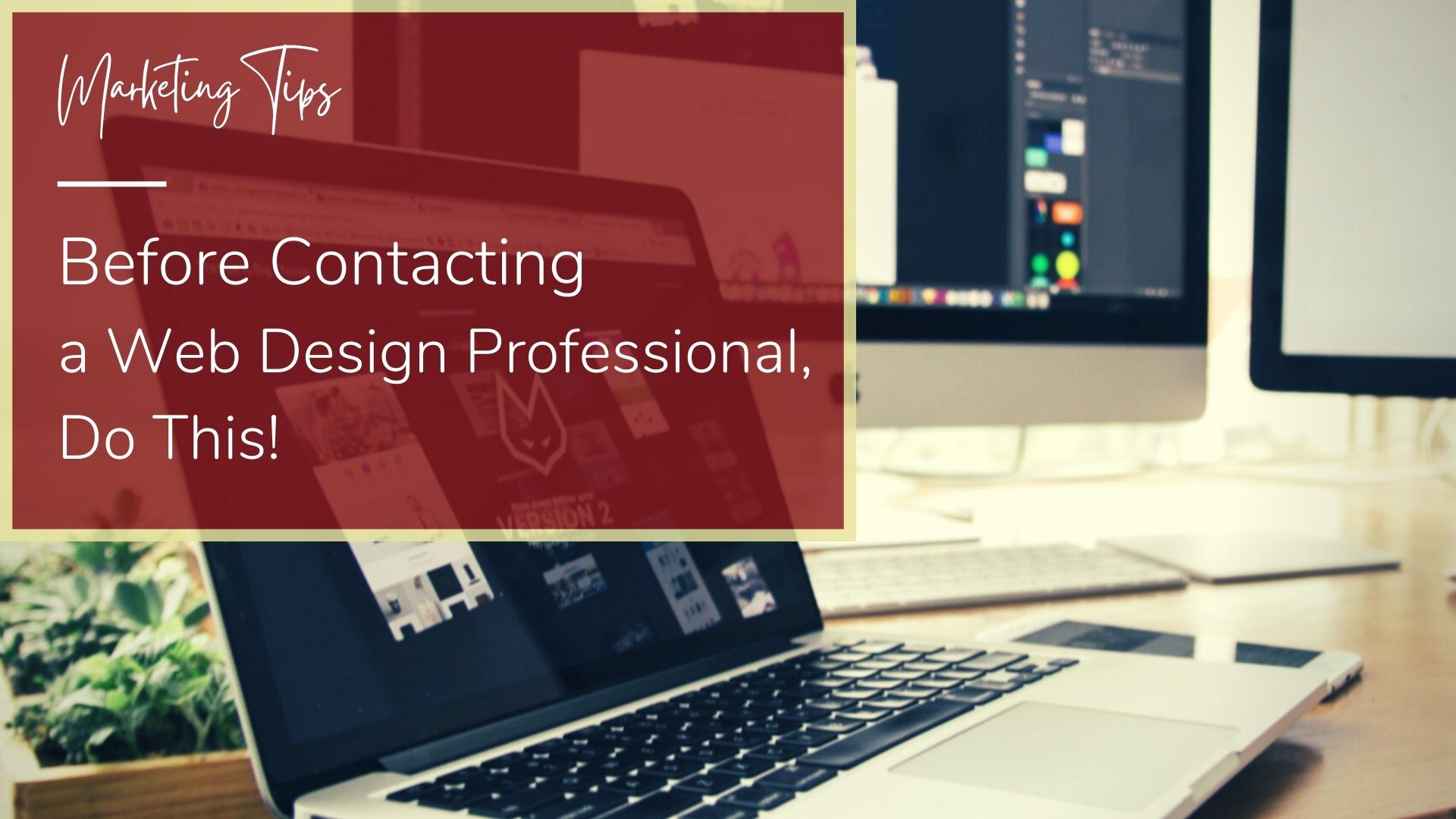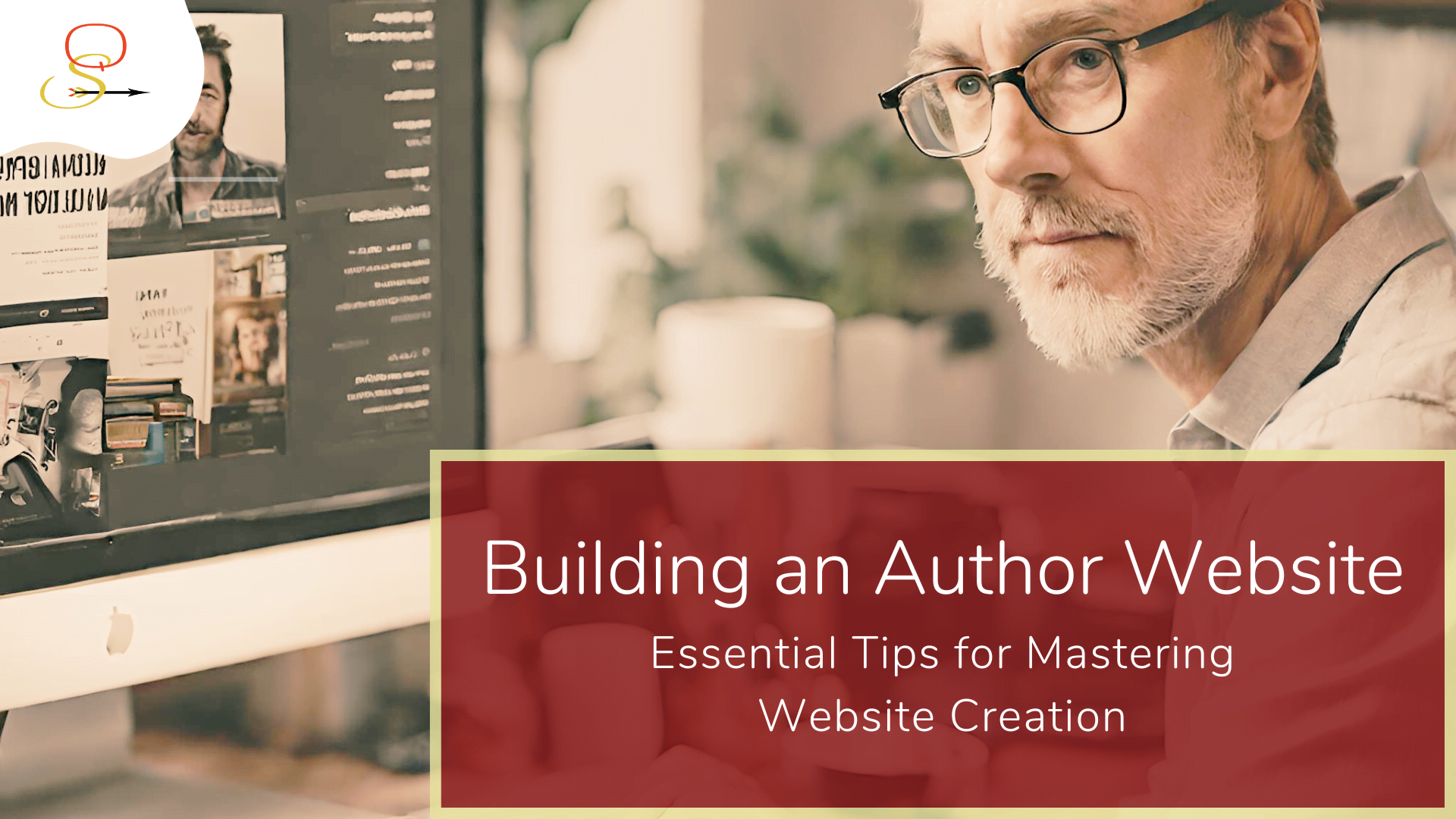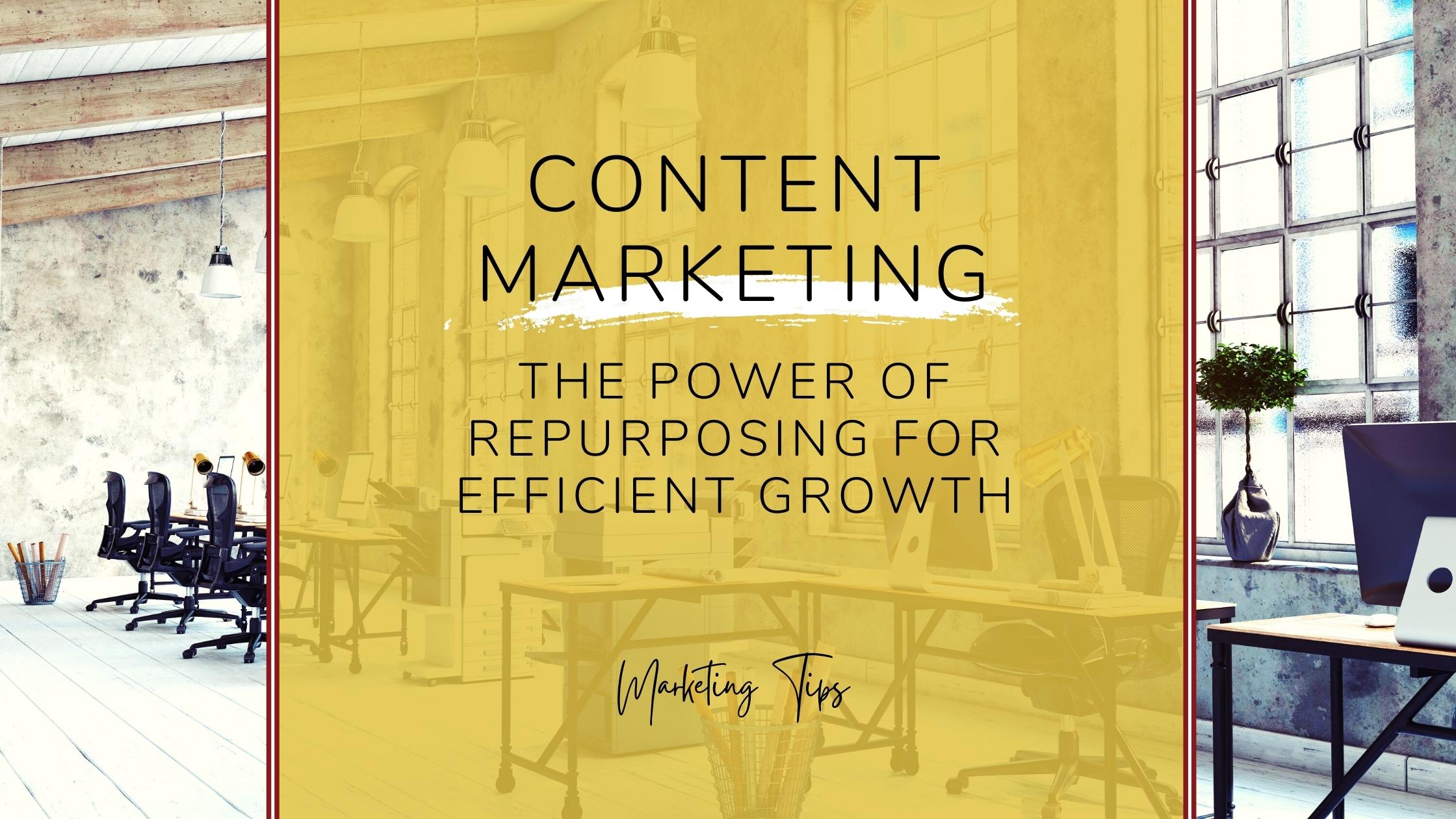In this day and age, businesses need to have a digital presence. Whether you are a multi-national corporation or a local business, your digital storefront may not be your customer’s very first impression of your business, but it will be the space that you 100% own on the internet to properly portray who your products or services are for; why they are amazing; and how people, organizations, or businesses can purchase what you’ve got to offer.
With the proper information formatted in a clear and attractive manner, your business website can skyrocket your sales, and a web design professional is a person you want to have in your corner if this sounds like the path you want to take. That said, there are a few things business owners need to have considered before even talking to a web designer so that the first conversation is as productive as possible and your website can be created quickly, efficiently, and exactly to your liking…and within the quoted budget!
Research, research, research
Before hiring a professional, you need to make sure that you know the kind of website that you want. Research is the first step that you should take when you plan to have a business website. Visit your competitors’ websites and understand what they are doing differently. Generally, you will have an idea of what you want on your website. Look out for trends that can help make your website look updated and modern, but also be able to hold the content you want to share. Write down a list of features that catch your eye and determine if you want them on your website. Every idea is precious, but not every idea is a priority!
Create that Concept in Your Mind’s Eye
The conceptual stage of your website is the next step. Once you’ve done the research to see what’s out there – what competitors are doing, what are the websites that you love (and why), what are the websites you can’t stand (and why), then you can leverage your creative energy into thinking about a design that is best suited for your very own space on the internet. The design needs to capture the essence of your business – the personality and vibe that you want your customers to feel when they interact with you and your products. Usually, you will want to do something slightly similar to websites from your industry, but also put your own twist on it. Once you know conceptually what you want your website to look like, it is easy for you to relay that information to a professional who can do the job for you.
Let’s understand the next few pieces of important information that you will need to have at hand.
The Basics of Your Business
First things first, you should have a company name, brand colors, brand fonts, and logo. They are the identity of your website and will be the first thing any customer will see. Additionally, you need to figure out what kind of content will be required for your website. If you have any images, illustrations, or vector graphics, they can come in handy to decorate your website and give it a polished look. The right kind of images can help get your message across to your customers, and you must have them on your website.
If you don’t have everything created, that’s okay! But at least having some information pulled together in a focused location to share will decrease the back and forth time with your future designer. Having all of your images and videos in one file and all your written content for your website pages in another file is one great way to organize and send information to a web designer when the website creation process is underway.
Also remember that, although some web designers can create logos for you or help you select brand colors or fonts, that’s the icing, not the main work. Their main work is to add all your content and already selected branded information together on a web hosting service that consistently and safely showcases a properly formatted, clearly understandable, and operational website on your behalf. It’s always best to come with a logo, brand colors, and brand fonts already chosen or created for your web designer to work with instead of waiting for them to create these items for you. A good web designer will tell you, based on what you provide, anything additional they may need to bring your brand to life online.
The Information and Structure of Your Digital Home
Along with your brand and the basics of what your business is and does, you need to know what other kinds of written or visual content and the number of pages that your website will have to hold it.
For example, if you run a local business, it is good to have a landing page, an ‘about us’ page, a ‘blog’, and ‘contact us’ page. To know what would work best, you can always consult your web designer as they will have more information to help you make a final decision, but it’s best to come with a general idea of the pages you want to have on your site.
Once you know the pages you want to have on your website, you as the business owner are tasked with writing that content and providing it to the web designer. This is important as a web designer is not a copywriter or copyeditor for your website. Your potential designer formats the words and places them on the pages so the information fits well, but they are not responsible for writing the information about your business. If you need support with crafting your messaging, definitely look into potentially hiring a copywriter alongside your web designer.
For the actual written words, focus on your core business message – the main themes you want your customers to know about your business – and a clear description of your services. Ensure that you keep your text short and to the point as you have to use your website real estate cleverly. For the footers and headers of the website, make sure to have all the URLs for your social media channels ready to share.
The Real Estate of Your Website
The last step to think on and have an opinion about before you start talking to a web designer is where you want your website and domain name to be hosted – basically, choosing where your website files and domain name (your URL) will live.
It would help if you had a general idea if you want to create a WordPress.org website or a self-hosted website like Wix or Squarespace. Each has its pros and cons.
If you go the WordPress.org direction, there are plenty of affordable hosting services such as Bluehost, GoDaddy, and HostGator. Additionally, you can buy a domain name for yourself on those hosting websites, or on services dedicated to the purchase of domain names like Namecheap or Google Domains. Once you contact a professional, they’ll be happy to choose these services according to your budget and website requirements, but it’s always good to know a smidge about your options so you can have a focused conversation with your potential website designer.
It may seem like a lot, but if you are a busy business owner, having all of this information seem thought through and ready at hand when you start talking to potential web designers:
- they will love you and want to work with you because they know you’ve got your stuff together
- you will have decreased the amount of back and forth conversations and frustrations that can arise at the beginning of your web development relationship because you have a much clearer idea of what you want and have created an environment for your web designer to do their best work for you.
Happy website designing!






0 Comments